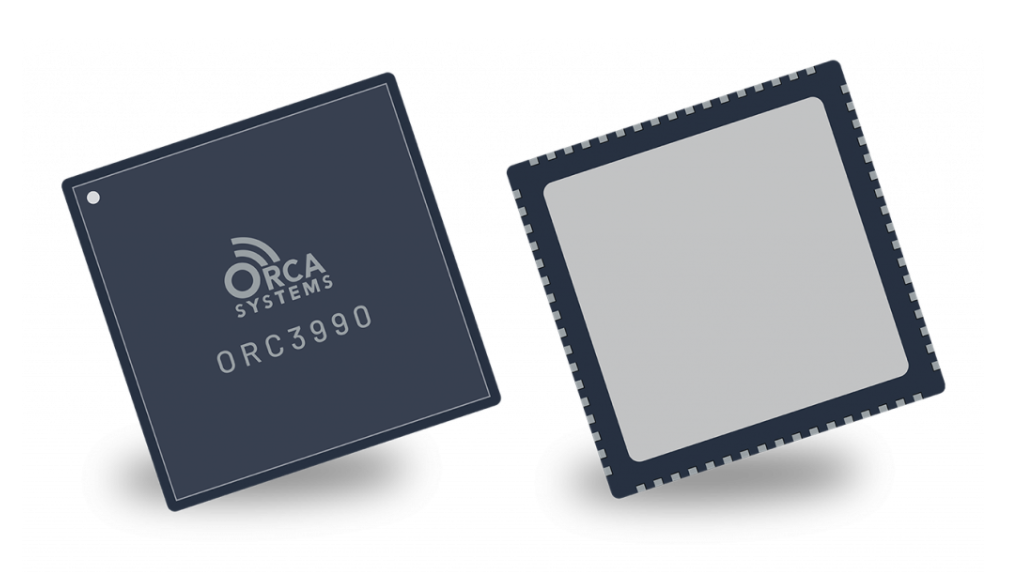Orca Systems, a fabless semiconductor company today announced its first wireless system-on-chip (SoC) solution for the satellite Internet of Things (IoT), the ORC3990. The company, which focuses on cost-effective, low-power wireless solutions for IoT applications, designed and developed the fully integrated ORC3990 SoC to meet the demands of satellite IoT connectivity. Orca Systems’ new SoC solution provides enabling RF technology for Totum, an innovator in IoT connectivity, enabling direct-to-satellite, indoor operation over Totum’s Low Earth Orbit (LEO) network.

Founded in 2004 as a digital RF intellectual property (IP) and semiconductor design engineering services provider, Orca Systems transitioned to a fabless semiconductor business model in 2018. This pivotal transition was enabled by Orca Systems’ development, refinement and integration of an extensive set of IP technologies critical to RF and digital communications applications. Orca Systems’ technology assets in the RF, analog, digital transceiver and power management domains served as SoC building blocks and key elements of the ORC3990 design. These core competencies, combined with Orca Systems’ innovative systems architecture and semiconductor design/integration expertise, has enabled the company to support partners like Totum with highly integrated digital RF solutions offering the highest performance, lowest total system cost and lowest power consumption.
“By rapidly delivering successful first silicon to meet our project deadlines, Orca Systems enabled Totum to quickly demonstrate communication from the ground with our SoC-based endpoint to our satellite network in record time,” said Ted Myers, CEO of Totum, “The ORC3990 SoC, with its high level of integration and low power requirements, enables the lowest cost bidirectional endpoints in the industry with a 10-year battery life. This is game-changing technology for satellite IoT connectivity.”
A Totum satellite technology based terrestrial endpoint for a LEO network using the ORC3990 SoC requires a minimal bill of materials (BOM). External components are reduced to a temperature-compensated crystal oscillator (TCXO), passive filters and switches, a PCB antenna and a battery. For simple, compact “tracker-on-a-chip” applications supporting global connectivity and positioning, a sub-$10 endpoint solution is possible based on the ORC3990 SoC – a cost point expected to drive high-volume demand.
